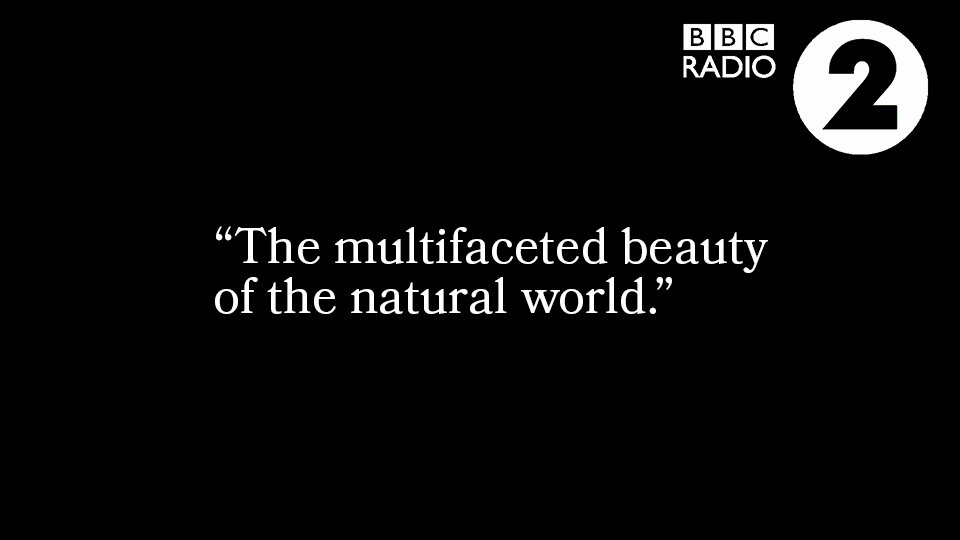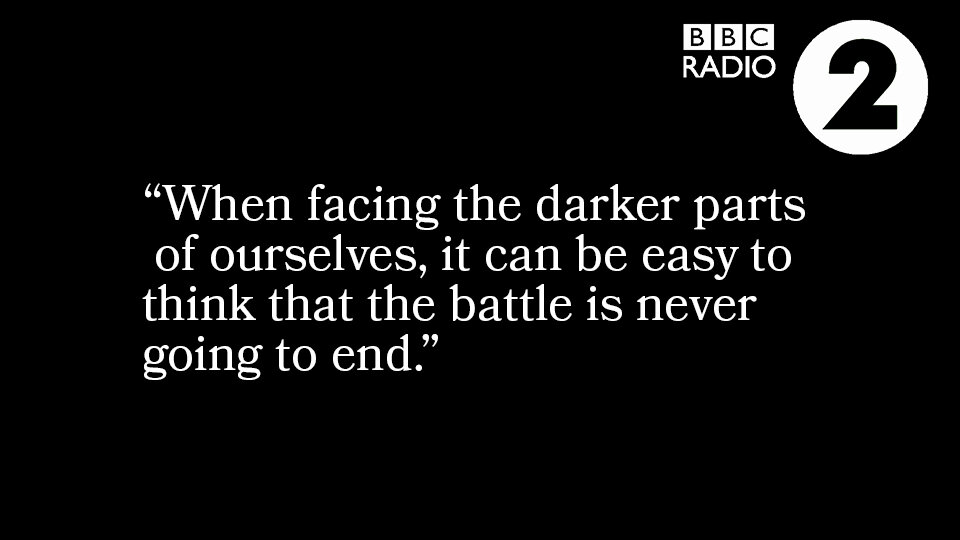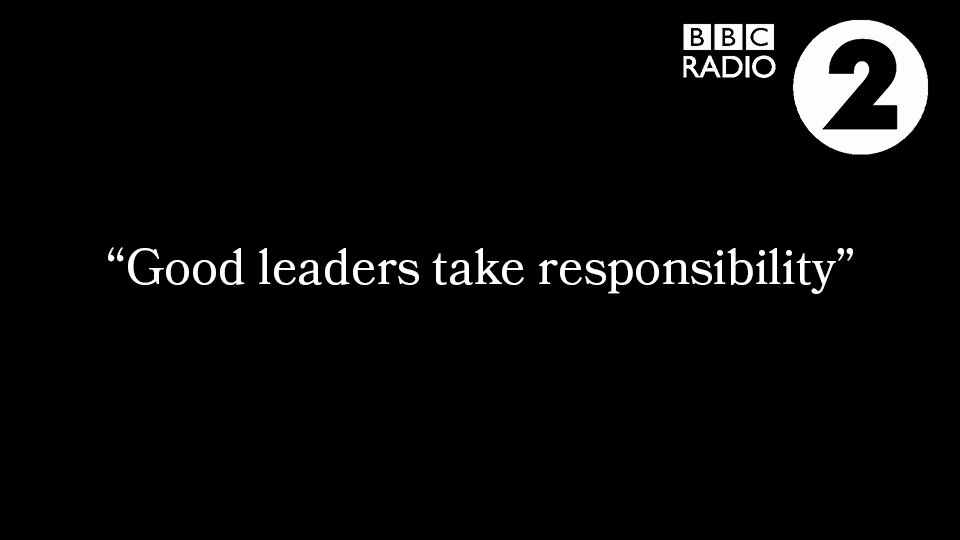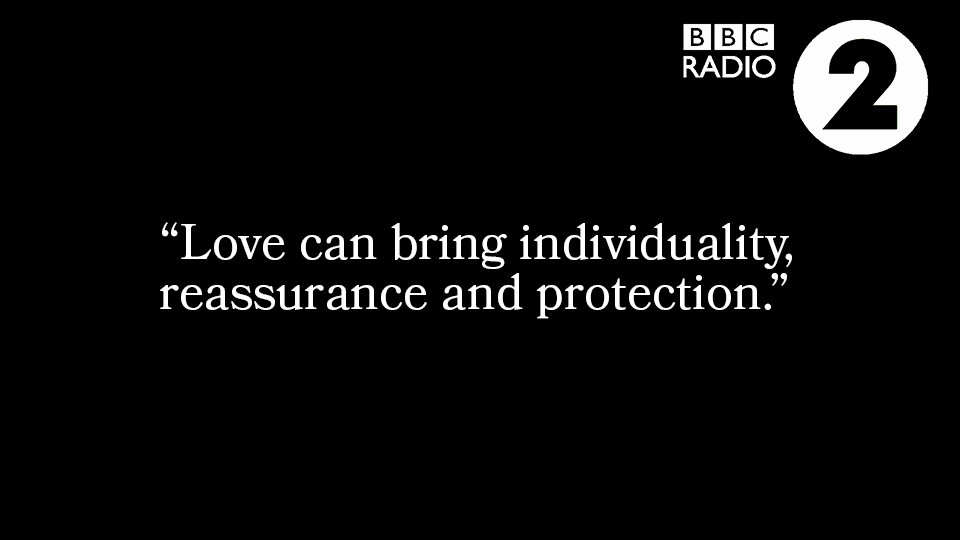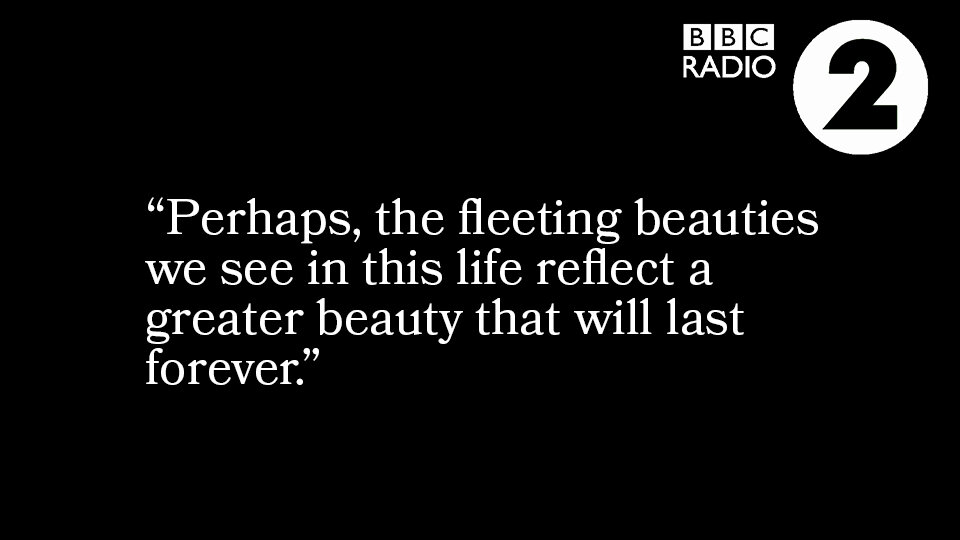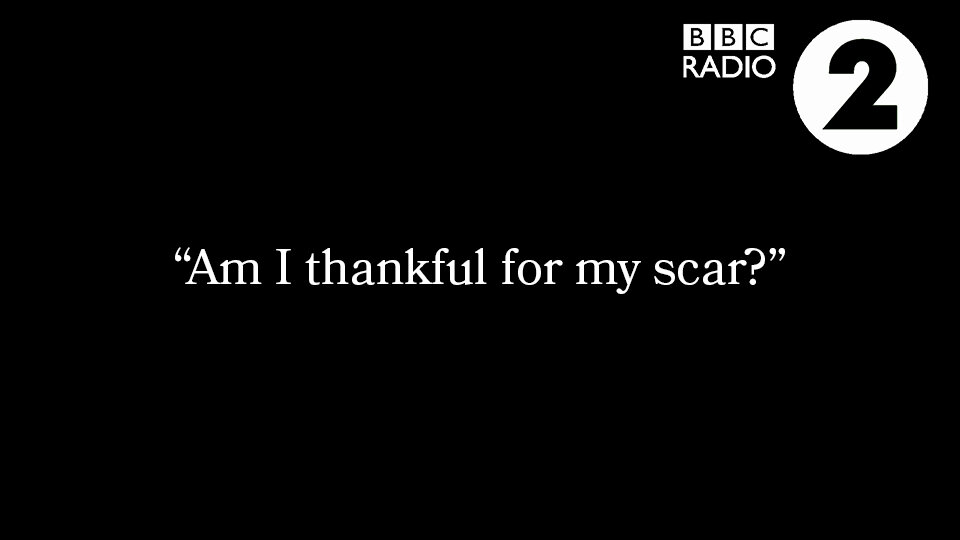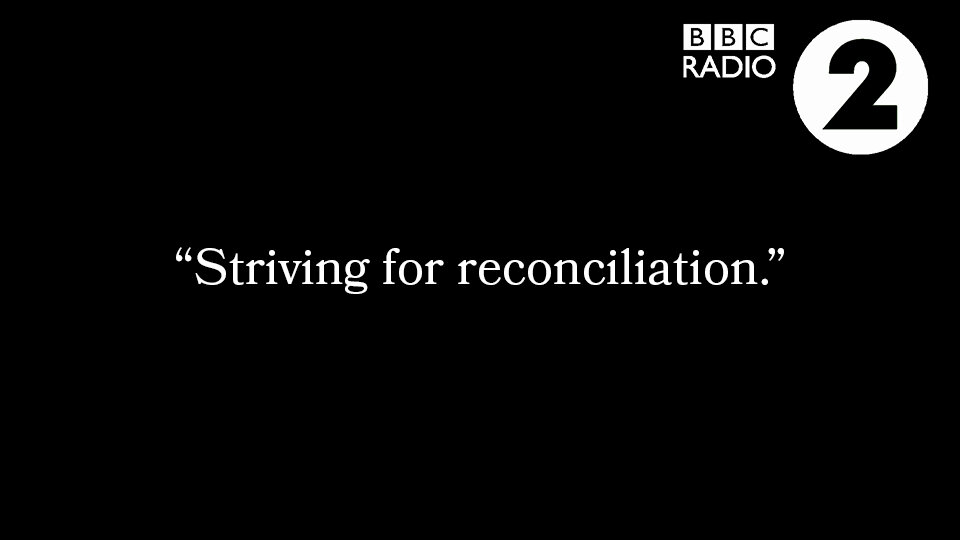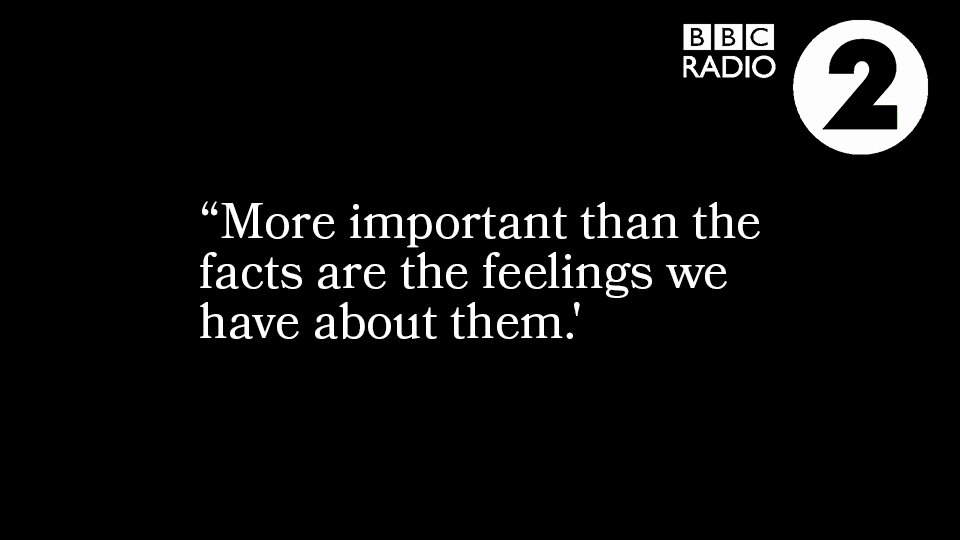
We work with thought leading industries, brands, broadcasters and award-winning talent to develop and make films, documentaries, explainers and ads.

A pandemic leaves a traumatized man in isolation, searching for meaning








Using music from the third episode of Science & Eternity | Can technology save humanity? We explore the question of whether we can transcend our own limits through technology, and whether we should use technology to enhance our humanity rather than escape it.

New technology is being developed to enable the elderly to preserve their memories, alleviating the pain and stress of memory loss later in life, and futurist Ray Kurzweil is predicting that by the year 2045 it will be possible to upload the entire contents of a human memory to a computer, but is there a reason why our brains are wired to forget things?

With the development of AI systems that can now create original artwork, make leading breakthroughs in the field of medicine, and even beat the most successful lawyers in identifying legal problems, we ask the question - can the best of our humanity be reduced to a mechanical process?

With huge proportions of our population suffering with chronic loneliness, we are seeing a rise of interactive machines including humanoid robots, robotic animals, and on-screen avatars.

Cities form as human labour specialize and people cluster together to exchange their specialized skills with those of others. By exchange, they pursue wealth and welfare, security and society. The left-behind ‘rural’ is the city’s shadow, but also its umbilical chord. How will the balance play out as the world moves towards its 100% urbanization end-game? What will lie beyond?

Informality in cities is both valued and vilified. Planners and architects pursue beauty, efficiency, vibrancy and a healthy environment by overwriting old forms of informality and creating new forms. Can you design for the informal and plan for spontaneity? Does every city need its residual, marginal and fallow spaces as places for innovation, survival and invention?

Aging urban populations challenge the underlying rationale of the city. Places that emerged through the combination of productive know-how, now house large numbers of people too old to work or deemed so by labour laws or convention. They live in cities for cultural and historical reasons and interact to survive socially. How will the city adapt to this new bi-polarized ecological function: survival of the fittest and survival of the weakest?

Modern urban planning emerged at the start of the 20th century as a vital public health intervention in environmentally and socially disfigured industrial cities. A century later, faced with a new set of public healthy threats, our science of healthy cities is more sophisticated. Like the microbial ecology of the human gut, each city and even each metro line, has its own urban microbiome. Will urban microbial ecology mapping turn out to be a 21st century equivalent to John Snow’s pioneering cholera maps of late 19th century London?

Acceleration of wireless and sensing technologies such as 5G means that cities can be wired up and automated like factories began to be half a century ago. What efficiencies will ‘smart city’ technologies achieve? Many current claims are trivial or even undesirable (who wants a micro-climate-sensing computer to select your clothes in the morning?). For the first 50 years after the steam engine was invented, labour productivity and wages remained flat or increased very slowly. The same has been true of the first 50 years of the silicon revolution. The efficiency dividend of new technology, be it labour-replacing or labour-enhancing, takes a long time. Will smart city tech turn out to be a bottle-neck technology, the arrival of which will help release the long-awaited productivity and social benefits of the silicon age? Or will the smart city turn out to be something no one really wanted or needed? Will it become something more sinister?

Smart city technology that reduces the time and cost of human interactions is likely to catch on more quickly and make a more profound impact than smart city tech that does not. How might the city change as the amount of un-targeted ‘wandering’ reduces? Will preference-driven navigation mean less capricious discoveries? If we interact with a city’s digital twin more than with the real city, how will it change our behavior? And whose interests will be coded into the virtual? How will society determine whose interests are coded into the regulations that govern smart city algorithms? Simple building-code systems pursuing environmental health and design-safety goals and first applied in the 19th century, governed the architecture and shape of cities throughout the 20th century. Will design algorithms, harvested by machines that learn from patterns, preferences and performance observed in smart city data banks, be the equivalent to urban byelaws in the rest of the 20th century? Who will write and govern them?

Green spaces have always been important in cities. As the new urban classes of early Bronze-age Egypt developed new cultures, gardens were planted amongst the dense clusters of buildings that provided homes away from the fields and spaces for commercial and cultural exchange. Five thousand years later, we now know scientifically, that cities lacking in green are damaging to health. To calibrate the greening of cities, what new discoveries can be made about the psycho-physiological and behavioural interactions of humans with nature? Can ‘dose response curves’ be measured? Is it the absolute quantity or frequency or texture of green that matters most? Should green space all be allocated in one big central park or distributed in multiple ‘pocket parks’ or somewhere in between? What size distribution of parks within a city yields optimal happiness and mental health and induces more walking, active commuting and external recreation? If we can discover exactly how the human sensing of nature converts into mental and physical health, can we replicate the effects artificially in virtual green experiences? Might future cities have pop-in nature booths? Might urban spaces be designed physically and virtually to give the same experience as being in the Alps?

What will it take for the green spaces in cities to become the focus of new or re-discovered forms of community life? To become eco-systems for more sustainable social and environmental capital formation? Technology, design, laws, microclimate and behavioral conventions are the current constraints on realizing the dream of rooftop farming and gardens. Can these constraints be reconfigured to create vast amounts of new social space in existing and new cities? What reconfiguration might turn existing urban parks into more socially productive spaces? Could the many degraded local and micro parks in cities around the world revert to community agricultural spaces? Could large-scale commercial agriculture ever re-establish itself in cities as it has done in the American Rust Belt and the declining industrial cities built in unsustainable regions in the formerly centrally planned economies of Eastern Europe, Russia and China?

As cities grow in size, their so-called externalities – the third-party good and bad spill-over effects from private transactions - grow at a faster rate than population. Crime and traffic congestion, income and patents all tend to grow more rapidly than city population by a factor of 12-13%. This explains the relentless rise of the megacity and means that new forms of regulation and control will be needed. Will the 21st century’s polycentric megacities of 50-100M people require more of the same kind of control systems as the 500K-1M cities of the 20th century? Will it turn out that smart city governance technology has arrived just at the right time – delivering new kinds of automated control systems? Variable traffic speed-limits adjusted in real time, can now keep flows moving at optimal rates to avoid the traffic stop-start ‘waving’ that plagued urban driving for half a century. Automated air and water pollution monitoring, source-tracing, pricing and optimization systems are being developed to support cap-and-trade markets that turn urban externalities into tradable commodities. If smart city tech can solve many of the ‘curses’ of the city, will cities get even larger? What is wrong with ‘large’ if we can all live together happily?

Land, labour and capital are the three cardinal factors of production. The trinity of human commerce and industry. For five millennia, they have stubbornly and progressively been attracted to each other like magnets. But only two of them are mobile. Land cannot move. Labour and capital therefore pour inexorably into locations lucky enough to have gained some initial advantage in the processes of human exchange. Like matter into black holes. We call these places cities. The constant accumulation of labour and capital in one place adds value to cities and that value gets trapped in land. Urban land values spike super-exponentially, way above the value of a city’s hinterland. For this reason, there is forever a paradox of the urban poor. Cities cannot grow without low-income workers, but the capital accumulation that comes with the success those workers contribute to, will always price them out of the city. What new ways of solving this conundrum have yet to be invented? Is this beyond the benevolence of ‘Smart City’?

Borders emerge to order all complex systems. Our bodies have skin. Weather systems are defined at the edges by cloud and wind. Firms govern by command and control within and by legal contract without. Countries protect from the leakage of tax-funded benefits by border controls. Neighbourhoods build gates for security and to prevent the over-use of neighbourhood facilities by those who have not paid for them. None of us would buy or rent a house that does not have a lockable front door. Boundaries are benign, but like the boundaries that order other complex systems, urban boundaries are often lines of turbulence. How can the boundaries that define cities be better managed to do their job with minimum turbulence?






Exploring the origins of life, through the metaphor of water, and its application to life on other planets.

Why do we gather in cities?

Exploring how we respond to the unknown. masts uses imagery from ports in Pembrokeshire to describe the mystery that the sea holds for us and our ancestors.




CODES explores the origins of DNA, and why it is so significant that DNA is an information carrying code. Similar to machine this information can be transformed but not created, which begs the question, what is the origin of this information?

Exploring what it might look like to live forever, and how life finds a beauty in its transience. With time life can loose it's significance, ending in depression and loneliness as we loose those we love.

Do we deserve life? In this: the second installment of INFINITY, owl in space (owlinspace) take on time and its decaying effects, we explore how man is complicit in decay and destruction and our need for redemption.

Infinity part 3 is part of our infinity series about the nature of time and eternity. This film explores how time's decay affects the whole of reality, but is also something which humans are intimately involved in. Almost like we caused it. The film asks whether we can truly escape the clutches of this unstoppable force. Whether we can be redeemed.



Based around a scifi concept of intelligent machines becoming commonplace and indistinguishable from humans the short film asks questions about the ethics and philosophy behind consciousness, exploring whether machines are the same as humans.

Are you being watched? This film Sentinels explores surveillance and social media, bringing us to the existential questions associated with that feeling of being watched. Horses are used illustrate the ambiguity of the person watching us.

Exploring human enhancement and where it might take us.



In this film we explore our experience of beauty, and how we understand it. Have we become experience chasers/consumers? How often do we stop and think?

Exploring existential questions around the nature of love, focussing in on whether temporary human experiences of love are related to a more infinite or eternal alternative.

Exploring the human desire to explore barren places. It isn't that we simply need resources, but that we search for connection both with ourselves and something bigger.


VIEW follows the journey of a Doctor: Elizabeth McNaught, as she recounts her experiences with Anorexia. In her profession she regularly encounters eating disorders, and is reminded of the distortions to reality, that they can cause.

Exploring how "to live is to change". Through images of frost and ice captured in a farm near beaconsfield we think about how frost can cause stasis and eventually death. This is particularly relevant to politics, where culturally we seem quite happy to voice our own opinions, but not to listen to others.

Exploring the nature of what we follow in life.
majestic uses imagery from safari in Tanzania to describe the majestic nature of lions, and how they can teach us about our leaders.

Exploring whether escapism is a good thing. Underworld explores our blue planet, and its underwater depths.








Produced for HKU Faculty of Architecture, Design+ is a short documentary promoting the BASc Design+ course to prospective students.

A collaboration project with Ethos Education/BEAT/Family MentalWealth and owlinspace on eating disorders, filmed with students of The Romsey School

Production of the official video for Holy '57's "Canary", the second single from his mini-album ""L"".

Filmed for Oasis Charitable Trust, ‘Les Etrangers’ (The Foreigners) is a window into the work being undertaken by the Oasis Charitable Trust in Belgium - bringing hope to those who are looking to belong.

Trailer for a series of 30-minute magazine format episodes, developed and produced by owlinspace and presented by Tom Cozens, aimed at teens and students, with a focus on questions young people have on life, the universe and everything.







